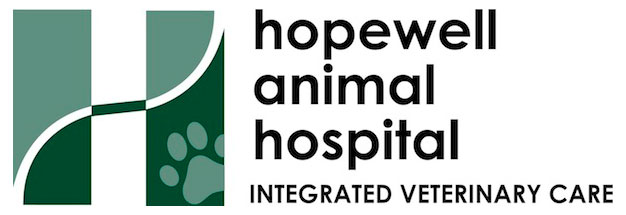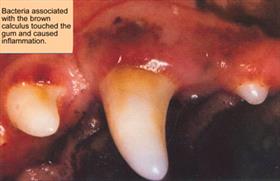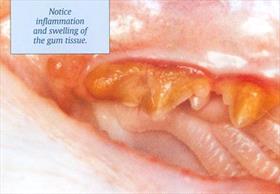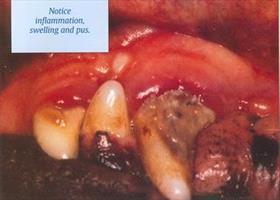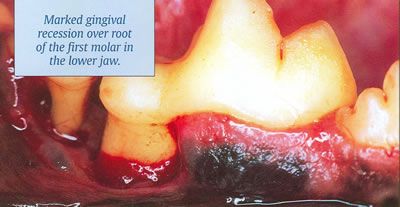Dog and Cat Dental Care in Hopewell Junction
At Hopewell Animal Hospital, dental work is one of the most common procedures we perform. Our team understands the importance of your pet’s oral health and offers a variety of services to help promote healthy gums and teeth for your pets. Whether your pet is doing their annual cleaning or is seemingly uncomfortable while eating or drinking, our team can help get your pet’s oral health back on track.
Dental work can involve anything from basic cleaning to advanced procedures such as root canals, vital pulpotomy, oral surgery, and orthodontics. We understand that dog and cat dental care in Hopewell Junction can be expensive. Our practice works to be transparent about our pricing structure and demonstrate our passion for promoting a healthy life for your pet, including their oral health. Call our practice and schedule your consultation today!
